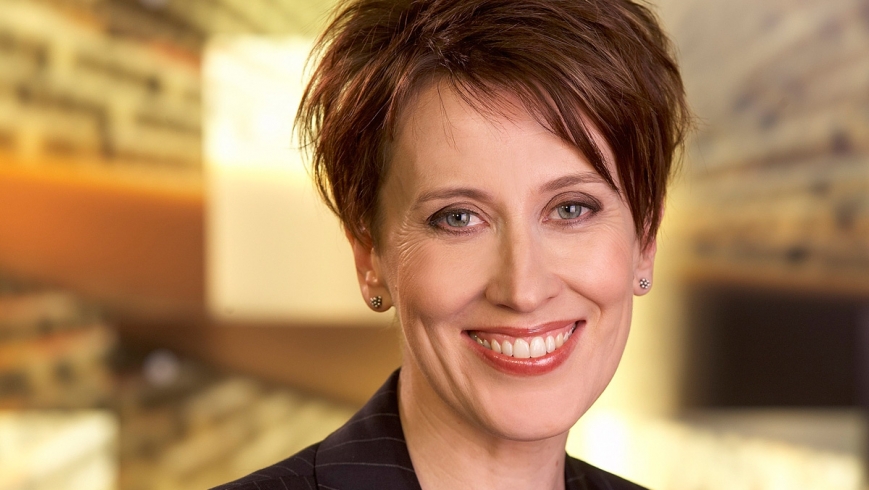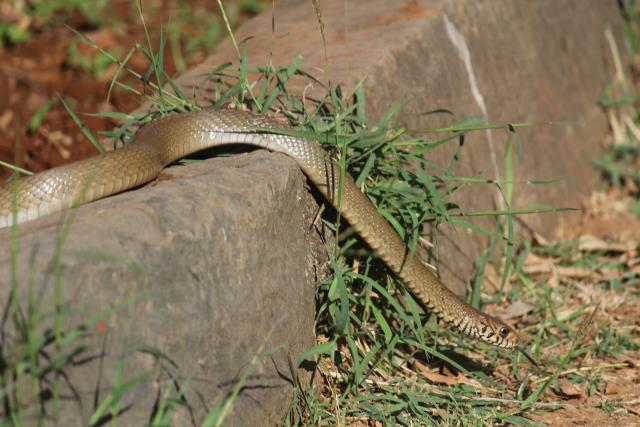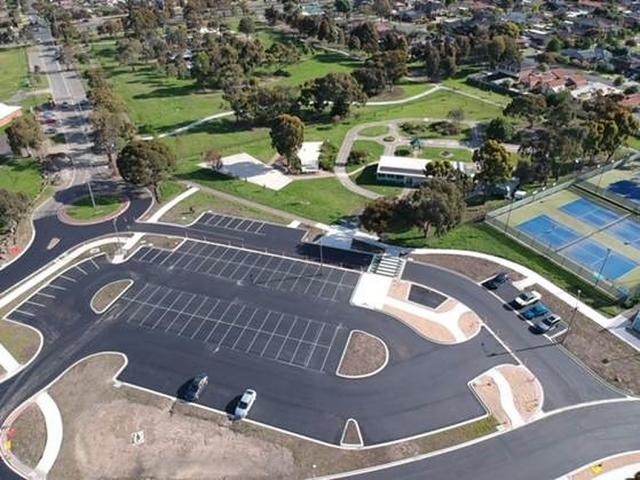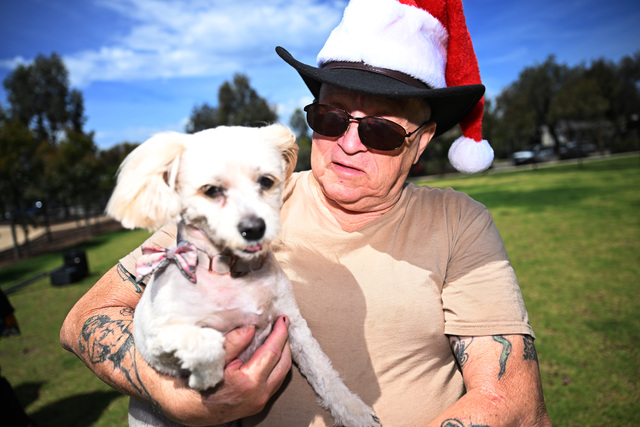Her foot tapped impatiently on the accelerator. Stuck in traffic behind some little old bloke ambling along at 35 km/h, with clear road stretching ahead, the woman was close to screaming in frustration: can you please MOVE IT! Then, she saw her chance. A moment’s hesitation by Mr Magoo, and she swung her wheel hard left, diving into the half lane beside her and slamming her right foot to the floor. The car almost reared up with the force of her impatience. Zero to 70 in seconds, and she was away. Free. Free to be one of the most dangerous forces on the road.
I often think back and shudder at this quite insane moment of aggression on the road, and I remember it as the last day, I hope, I ever speed again. Just a few days later, I attended a road trauma conference held by the Transport Accident Commission in Melbourne – the authors of those world-famous, shocking road trauma ads – and the sober, day-long lesson in the horror and damage done by speed was to be a lasting one for me. If there is just one thing you should choose to do on Australian roads, it is to slow down.
To police, trauma surgeons, law enforcement officers and state governments, the sudden flash of a speed camera represents the last, desperate line of defence against an addiction to speeding that many Australian motorists will not break. But to the majority of motorists, that box on the corner of so many intersections represents nothing more than a mechanical picking of their pocket. It has nothing to do with sound road-safety principles, we bitterly complain.
Well, we are wrong. Speeding may be one of the most contested issues in the road safety argument, but it is also the most significant behavioural factor in road crashes. Like climate change, it seems that everyone’s an expert – except the experts who spend their days trying to put back together the pieces of people who come apart on our roads due to speeding.
Folks, when that next speeding fine comes in and you feel like ringing the government and blasting someone for another stealthy tax raid – don’t. They’re right, and you’re wrong. Unless that camera is demonstrably faulty (and yes, some of them have been) then you were speeding, and that’s probably the most dangerous thing you can do on the road.
The facts are astonishing. After interventions such as Victoria’s “Wipe off Five and Stay Alive” campaign, which urged us to drop our speeding by 5 km/h, the drop in fatal road crashes and serious injury was precipitous. If you look at a graph of those figures, the line just plummets.
The head trauma surgeon at The Alfred hospital in Melbourne can take you as slowly as you like through the reality of injury, serious trauma, fatality and speed. He marks off the physical experience of the human body and speed as precisely as a metronome: at 50km/h, a big bump; at 60, a lot worse; at 80, probable permanent serious injury; beyond 100, no chance.
Trauma is one of the most important, and least understood, issues in the discussion. The focus has quite rightly been on the road toll, but the number of people living with serious injury is staggering. The personal cost is immeasurable, but the financial cost isn’t: we know how much speeding costs. If a 25-year-old is made a quadriplegic in a crash, the cost of caring for them for the rest of their life is between $4 million and $10 million, and someone has to pay for that.
The abstract concept of doing all that you can on the road to simply get to your destination alive is so difficult to synthesise when the pressure is on to do 10 things at once, rush to three different places, beat the traffic, and resist the temptation to answer that mobile phone ringing beside you. I’ll put it in concrete terms: I made it well past that annoying old bloke on the road for fully two minutes; and then there he was at the next set of lights, idling next to me. I now always try to imagine the ghost of the bike rider I did not hit next to me, too.







